“Art Inspires Art” previously announced that “Brian Jensen Part 2” would include both jewelry and cutlery. However, with the opportunity of being able to present more of Brian Jensen’s metalwork in the cutlery category, jewelry will exhibited in “Brian Jensen Part 4. “
Enjoy.
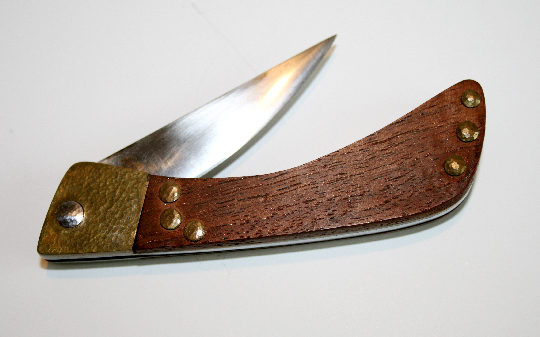
Folding Knife #72911-1
0-1 tool steel, brass, walnut
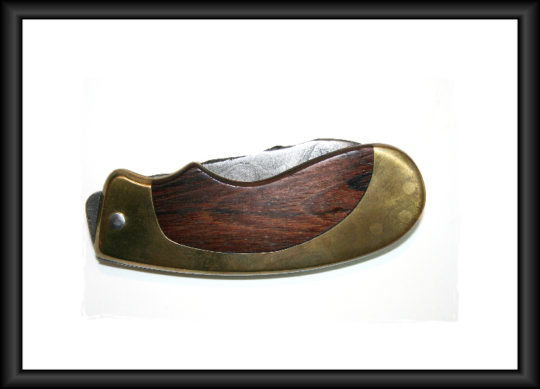
Upper edge left rough
Brass, cocobolo handle
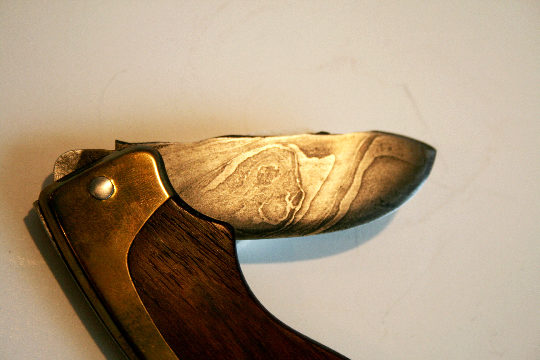

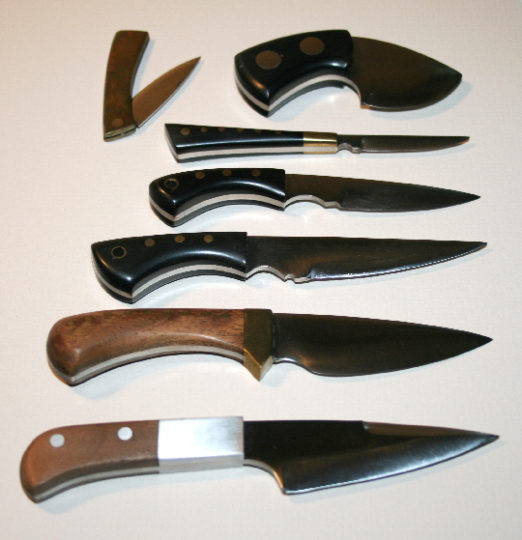
Brass, phenolic, walnut
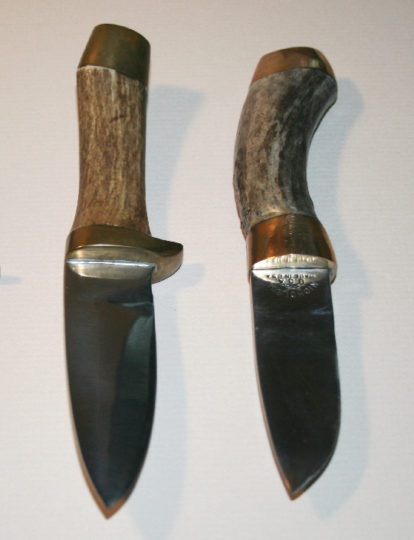
Brass, antler
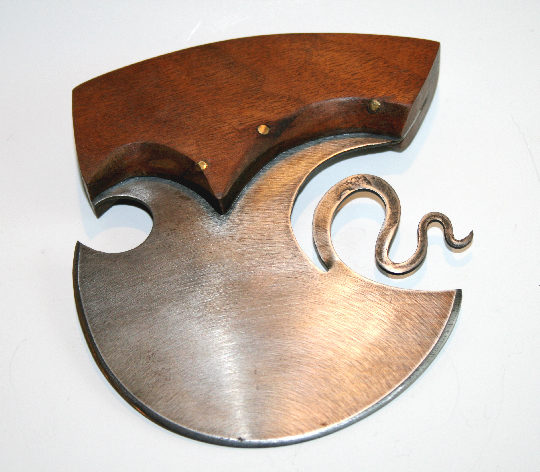
Brass rivets

Walnut, brass rivets
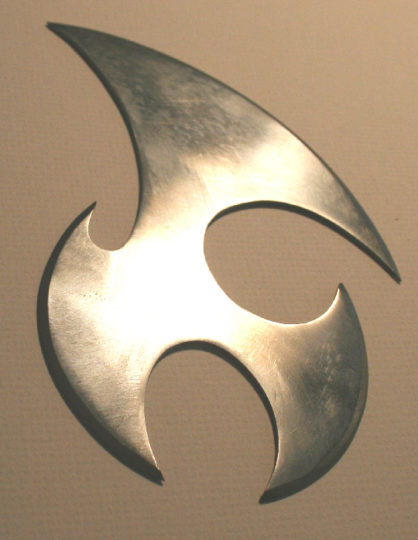
Tool steel
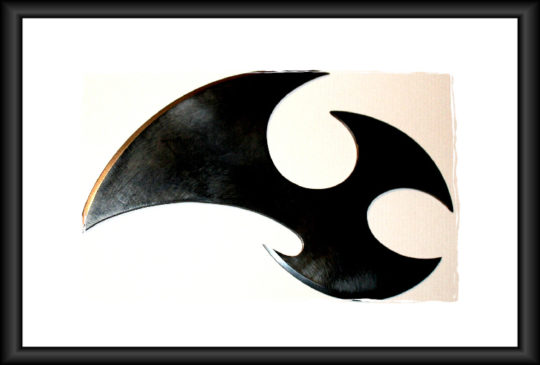
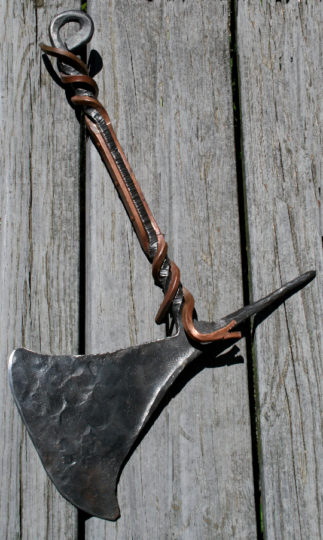
Forged, hot wrapped and riveted
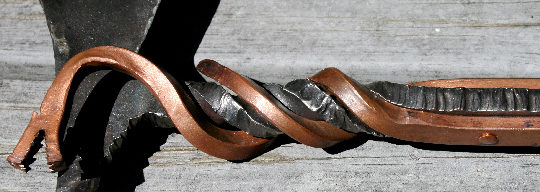
It will include Brian’s clay artwork;
Brian Jensen
Brian enjoys the sensory attributes of the materials he works with. The warmth of forged metal, the cool feel of clay, or the fragrance of freshly carved walnut are what enhance the experience of creating. Brian has always been interested in many forms of art, yet he had very little formal training in art until college. While in college Brian did not train for a career in art, rather he followed a scientific curriculum, yet found time to include
undergraduate and graduate classes in metal, clay, and sculpture.
Professors Chuck Evans and Phillip Allen provided extremely well equipped studios
the works of Henry Moore, with massive, iconic minimalist sculpture,
Alexander Calder showing how steel can move and respond to even the slightest wind,
These individuals, both alive and dead, have shaped Brian’s understanding of how art can make people feel and what it can convey. They have collectively given him a foundation of technical knowledge and an appreciation of the aesthetic that vision and hard work can achieve. They have shown Brian that his interest lies primarily in three-dimensional work, although some of his favorite works to study are paintings in the impressionist style,
just because he likes them.
and vital to the creative outcome.
He will say that most of his work, especially the works he likes the best
Brian Jensen has had work exhibited in several venues,
including the Charles H. MacNider Art Museum in Mason City, Iowa.